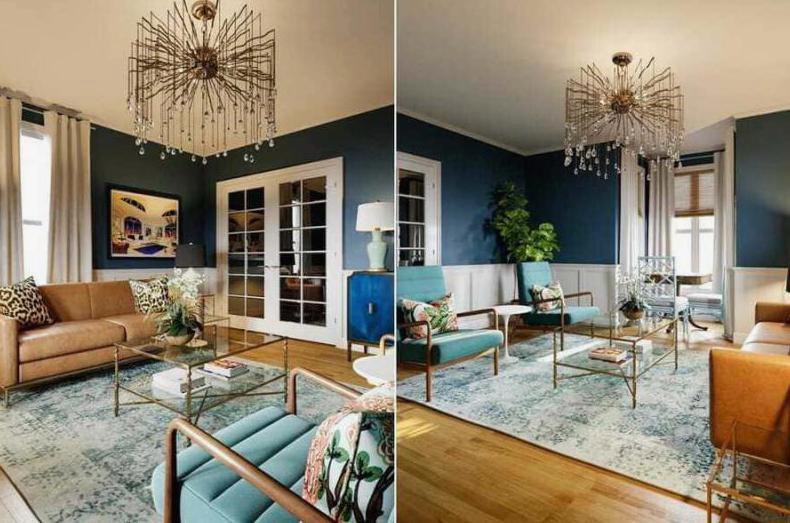
Furniture layout design may seem intimidating at first but don’t let yourself get overwhelmed by it – with patience and creativity anyone can come up with an attractive arrangement that makes their living area look great!
When choosing what kind of seating you want (chairs vs couches vs benches), consider how many people need to be accommodated as well as whether or not any activities such as entertaining will take place in that area; this will affect which type(s) would be most appropriate for the situation at hand. Prioritize comfort over aesthetics when selecting furnishings so people won’t feel cramped up after sitting down for long periods of time. Finally, add some accessories like throw pillows or rugs to complete your look!
Benefits of Furniture Layout Design
A thoughtful furniture layout can make all the difference in creating a comfortable and inviting atmosphere. Here are some of the benefits of investing time into designing your furniture layout:
- Improved Functionality – One of the most important benefits of having an effective furniture layout is improved functionality within a space. An optimal arrangement allows you to better utilize available space by creating pathways for movement and making sure that each piece serves its purpose without crowding out other pieces or taking up too much unnecessary space.
- Increased Comfort – Furniture arranged properly provides greater comfort for those using it, whether they be family members relaxing after dinner or guests enjoying a party at your house. By arranging seating areas, such as chairs and sofas, closer together, you create opportunities for conversations between people sitting in different parts of the room. Additionally, placing accent pieces like tables and lamps strategically around these seating areas helps increase comfort by providing additional light sources and surfaces on which one can rest their drinks or books while conversing with others.
- Boosted Aesthetics – Properly arranged furniture goes beyond just improving functionality; it also gives rooms a more aesthetically pleasing look overall by enhancing its visual appeal through color coordination and strategic placement relative to walls or windows that may be present in the area. Not only does this help give any room an attractive quality but can also serve to draw attention away from any negative features that may exist within a given space such as large air vents or awkwardly placed electrical outlets.
Tips for Successful Furniture Layout Design
With some thought and planning, you can create an inviting space that reflects your personal tastes and accommodates all of your needs. Here are some tips to help you get started on your journey towards successful furniture layout design:
- Measure Your Space: Before purchasing any furniture to fill up a room, it’s important to take accurate measurements so that you know exactly how much space you have to work with. You should also consider any doorways or windows when measuring so that there’s enough room for people to move around comfortably without bumping into anything.
- Create Balance: When laying out your furniture, try to achieve visual balance by putting heavier items on one side of the room and lighter pieces on the other side. This will give a more harmonious look and feel to the overall design.
- Focus On Functionality: Think about how you plan on using each piece of furniture before making decisions about where they should be placed in the room; this is key for creating a functional living space that works best for your lifestyle needs and habits. For example, if television watching is a big part of your day-to-day life, make sure there’s plenty of seating arranged near it!
Types of Furniture Layout Design
Symmetrical Layout: A symmetrical layout is a classic style that has been popular for hundreds of years. It features two sofas or chairs placed opposite each other with an accent table between them and additional seating flanking either side. This type of layout is ideal for formal living rooms where conversations are likely to take place between guests seated across from one another.
Asymmetrical Layout: An asymmetrical layout breaks away from traditional symmetry by placing pieces at angles throughout the room rather than directly across from one another. This type of arrangement often results in a more visually interesting space as well as allowing for multiple conversation areas. Asymmetrical layouts work particularly well in larger living spaces since they allow you to create zones within the same room without making it seem too cramped or cluttered.
Furniture Groupings: Furniture groupings involve arranging several pieces together into small clusters which can then be scattered around the room as needed. This type of arrangement allows you to easily transition between activities while still creating distinct areas within the room such as reading nooks or TV-viewing areas. Groupings also make use of dead corners and awkward spaces which might otherwise go unused due to their difficult shape or size constraints.
Posted By #admin



